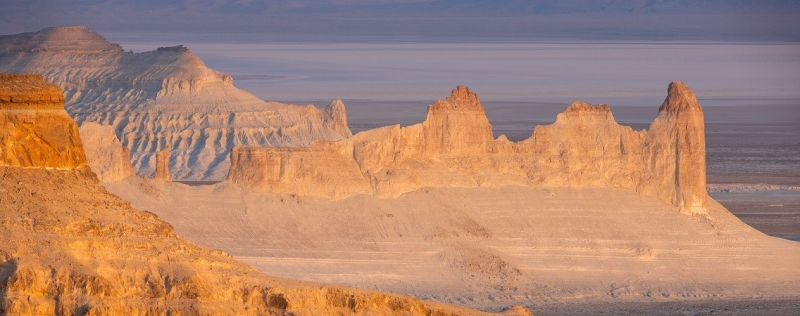
The West of Kazakhstan and the Mangistau region is an amazing land where the turbulent history of the rebellious Yaik Cossacks, freedom-loving nomads and intellectuals of the Russian Empire are mixed. Here you can wander the streets of a half-Cossack, half-merchant city, visit the Pushkin Museum and see unusual natural attractions: bizarre chalk outcrops and colorful rocks reminiscent of the Andes, steppes, canyons and endless salt marshes in which the sky is reflected. We tell you what you can’t miss on a trip to this part of the country.

How to get there
Direct flights from Moscow to Aktau fly four times a week, ticket prices start from 9,800 rubles one way. The easiest way to get to Uralsk is by plane from Aktau – travel time is 1.5 hours, tickets from 4,400 rubles.
If you plan to visit remote natural attractions, we recommend taking a tour or renting a four-wheel drive vehicle – the route often passes through desert and dirt roads. Don’t forget to stock up on gasoline, water and food; shops are rare in the steppe.
Entry rules
All COVID restrictions have been lifted, tests and certificates are not required. Russians can stay in Kazakhstan for up to 90 days, they can also enter with an internal passport.
Aktau: in search of a mermaid and a lighthouse on the roof
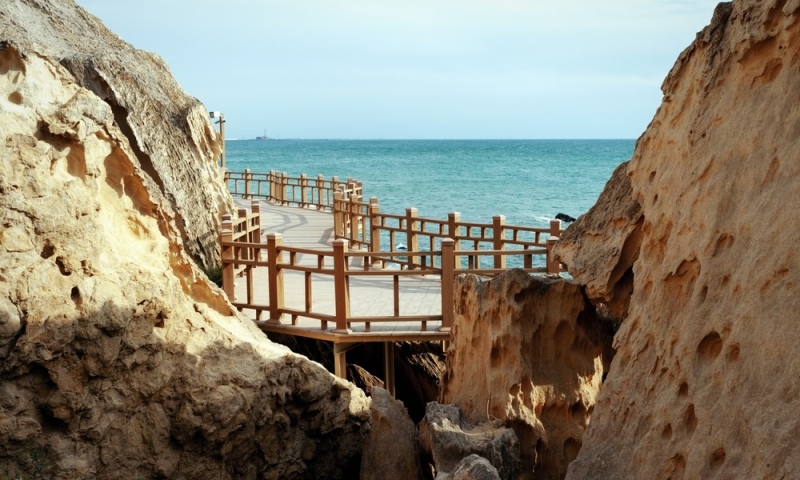
The young port city of Aktau is located on the shores of the Caspian Sea. The main point of attraction for tourists here is a one and a half kilometer walking eco-trail, laid between the turquoise sea and coastal cliffs. It is equipped with comfortable decking, stairs, lighting and observation decks – an ideal place for leisurely walks, dates and photos with magnificent views. Find a mermaid statue, admire the sheer cliffs of white sandstone, and swim in clear water.
Within the city there are several sandy beaches with a gentle slope. Here you can not only sunbathe and swim, but also try kite surfing, rent a paddle board, play beach basketball, visit a water park and try local sturgeon and mullet. Among the architectural attractions, it is worth noting the unique lighthouse in the fourth microdistrict, located directly on the roof of a residential building. Not far from him, the sea breeze inflates the sails of the symbol of Aktau – a bronze copy of Christopher Columbus’s caravel “Santa Maria”.
Where to stay:at the Aktau Hotel (score 8.6) – from 2,300 rubles* per day, at the Holiday Inn Aktau (score 9.2) – from 5,000 rubles* per day, or at the Caspian Riviera Grand Palace Hotel (score 9, 0) — from 8,500 rubles* per day.
Canyons, gorges, camels and deserts
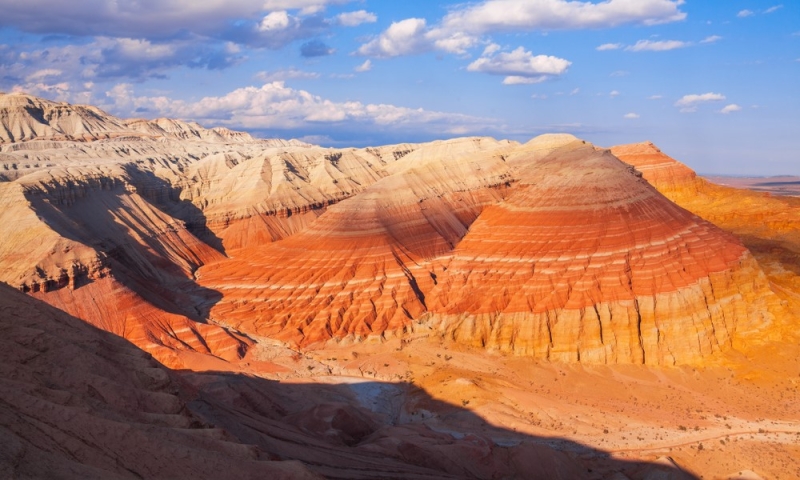
Aktau is a convenient point for exploring the natural wonders of the Mangistau region. 130 km from the city, on the Tupkaragan plateau, there is the Kapamsay chalk canyon. Its steep walls reach 70 m in height, there are silicon deposits, and the former river bottom is strewn with stone boulders, so it’s impossible to move quickly. Not far from the canyon, it is interesting to visit the Shakpak-Ata underground mosque of the 10th-13th centuries, carved into the chalk rock. Hundreds of years ago, Zoroastrians worshiped fire here, and today in the cave you can find the rituals of modern fire worshipers.
Next, go to the Sherkala yurt mountain. On the one hand, it resembles a more than three hundred-meter white-ocher tent of nomads standing in the middle of the steppe, on the other, a lion resting its head on its paws. Nearby lies the mysterious valley of Torysh balls: a tract whose surface is chaotically covered with mineral spheres with a diameter of 10 cm to 4 m. Scientists do not yet have a single version of the origin of the balls, but their approximate age is about 120 million years.
From Sherkala it is convenient to get to Tuzbair – white mountains at the foot of a huge salt marsh. The limestone slopes, rugged by erosion, drop steeply, and beneath them lies a carpet of sor, reflecting the sky and sunset colors – this is the name here for a type of shallow salt marsh.
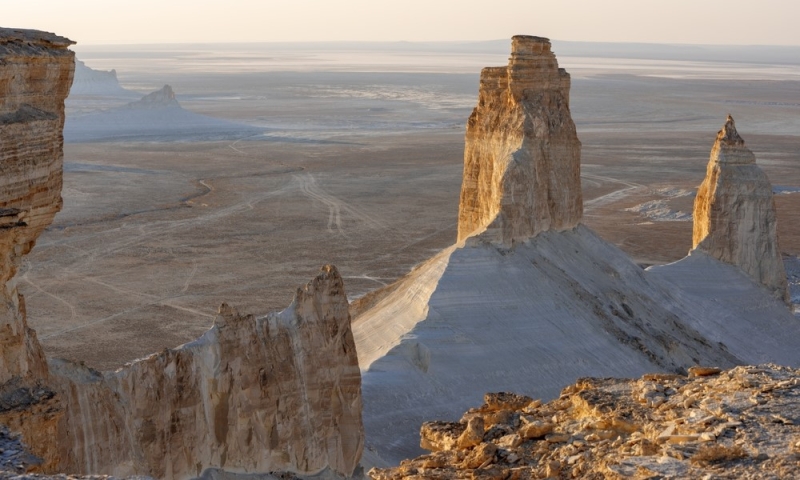
Another must-see place is the fantastic Boszhira tract on the Ustyurt plateau. Thousands of years ago, the waves of the ancient sea roared here, and now majestic limestone outcrops rise to the sky, changing shape depending on the lighting. Here you can find fossilized algae, shells and teeth of Mesozoic sharks. The height of the stone giants reaches 200 m. To see the play of colors and photograph sunset and sunrise in an unusual location, take a tent with you and spend the night at the foot of one of the rocks.
The next point is the multi-colored Bokty Mountain, about 20 km from Boszhir. The layers of this giant cake are parallel to the ground, gradually changing from blue, red and yellow colors to brown. The correct symmetrical shape of the 160-meter-long chalk outcrop, rising alone on the salt marsh, reinforces the impression that an unprecedented ship has frozen in the steppe. Don’t forget to compare the original with the image on the 1000 tenge banknote. By the way, you can also find camels here.
Where there are camels, there is a desert – the Senek sands are located near the village of the same name, 20 km in a straight line from Mount Bokty. Everything is real here: dunes up to 25 m high, the play of wind and sand on the surface and traces of lizards, and massive mountains on the horizon.
Uralsk: the history of the Pugachev rebellion
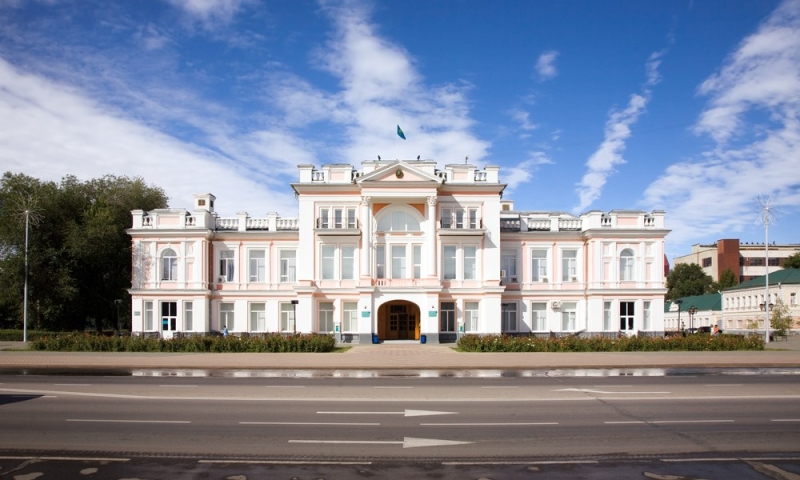
The former Yaitsky town was founded by the Cossacks in 1584, and the settlement received the name Uralsk by the will of Empress Catherine II, so that nothing would remind of the rebels who rebelled under the leadership of Emelyan Pugachev. However, the dramatic history of the rebellion is an integral part of the city: in the house of the Cossack Kuznetsov, the father of the second wife of the self-proclaimed emperor, there is now a museum of Emelyan Pugachev. This is a typical Cossack kuren, where you can get acquainted with the peculiarities of the lifestyle of the Yaik Cossacks, learn little-known details of the rebellion and see Pugachev’s original things, weapons and banners of the rebels.
Not far from the museum, it is worth visiting the squat St. Michael the Archangel Cathedral, consecrated in 1751. The former main temple of the Yaik Cossack army has seen a lot: in the square in front of it they rebelled and gathered a military circle, after the suppression of the uprising the rebels were punished, and in the basement of the cathedral Pugachev himself languished, betrayed by his comrades.
Many famous military leaders, scientists and creative people of pre-revolutionary Russia visited the city: Alexander Suvorov interrogated Pugachev here, Alexander Pushkin collected materials for the “History of the Pugachev Rebellion”, Vladimir Dal studied folklore, Alexander Alyabyev led the orchestra, and the young Fyodor Chaliapin performed at the local theater.
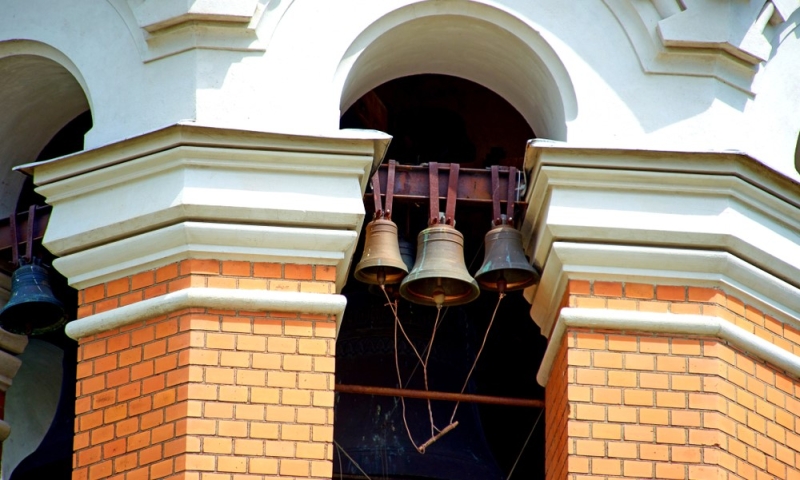
The preserved historical buildings of the center are reminiscent of merchant Orenburg with cozy mansions and Cossack flavor. Take a walk along Druzhby Avenue and stop by the Pushkin Museum to see the poet’s original manuscripts and learn the story of the creation of The Captain’s Daughter. A little further you can’t miss the bright building of a craft school with arched windows and turrets in an oriental style – today it is a museum of local history. The exhibitions introduce the medieval era using the example of the Zhaiyk settlement, the Kazan Khanate, the life of nomads and the culture of the Urals.
It’s nice to just walk through the squares and streets of Uralsk: find a monument to the national currency and a sculpture of a batyr carved from wood, wander through the Khan’s Grove, where the rulers of the vassal Kazakh Khanate swore allegiance to the Russian throne, take a ride on the Ferris wheel in Kirov Park .
Where to stay: at the VEGUS apart-hotel (rating 9.3) – from 2,400 rubles* per night, at Chagala Hotel Uralsk ( rating 7.1) – from 5,700 rubles* per day or in Hotel Pushkin (score 8.6) – from 7,100 rubles* per day.
*Prices are current at the time of publication.

